Growing Sugar Snap Peas in Containers
Introduction
Growing sugar snap peas in containers is a fantastic way to enjoy homegrown produce even if you’re short on space. With their crisp, sweet flavor, sugar snap peas are a favorite for snacks, salads, and stir-fries. Container gardening provides full control over the growing environment, making it easier to manage soil quality, moisture, and sunlight. Whether you’re a seasoned gardener or a beginner, you’ll find growing sugar snap peas in containers rewarding and surprisingly easy.
What Are Sugar Snap Peas?
Sugar snap peas are members of the legume family and are a hybrid of snow peas and garden peas. Unlike garden peas, sugar snap peas have a sweet taste and crunchy texture, with the added benefit of edible pods. These peas are packed with vitamins A, C, and K, along with fiber, making them nutritious and tasty. They’re relatively fast-growing and ideal for cooler seasons, as they tolerate chilly weather better than heat.

Why Choose Container Gardening for Sugar Snap Peas?
Container gardening for sugar snap peas offers numerous benefits:
- Space Efficiency: You don’t need a large yard to grow them; a small patio, balcony, or even a sunny windowsill will do.
- Soil Control: Growing in containers gives you full control over the soil composition and quality, which is particularly beneficial if you live in an area with poor soil.
- Pest and Disease Management: Container plants are easier to monitor for common garden pests and diseases.
For more container-friendly vegetable options, check out easy vegetables to grow in pots for other productive, space-saving plants you can grow alongside sugar snap peas.
Types of Sugar Snap Peas for Containers
Selecting the right variety is essential for successful container gardening. Some types are bred to grow in compact spaces, which is why I recommend dwarf or bush varieties:
- Sugar Ann: A small, early-maturing type with a high yield, ideal for containers.
- Sugar Daddy: Known for being stringless and easy to grow, making it popular with container gardeners.
If you’re interested in growing other vegetables in limited spaces, you may also want to look into how to grow broccoli in a pot or other compact crops.
Choosing the Right Container
Selecting the correct container is crucial when growing sugar snap peas in containers:
- Container Size: Opt for a container that’s at least 12 inches deep, as sugar snap peas need space for root growth. A larger container (15 inches or more) can support multiple plants.
- Drainage: Always ensure your container has adequate drainage holes to prevent water from accumulating at the bottom, which can lead to root rot. If you’re using a plastic pot, drill extra holes if necessary.
- Material: Plastic, clay, or fabric pots all work well. Clay pots are heavier and more porous, which can help regulate moisture levels in warmer months. Fabric containers allow for greater airflow, reducing the risk of root diseases.
For more detailed advice on starting out with vegetable containers, visit raised bed vegetable gardening for beginners for a comparison of growing options in small spaces.
How to Grow Sugar Snap Peas in Containers: Step-by-Step Guide
Growing sugar snap peas in containers involves a few key steps. Here’s a guide to get you started:
1. Selecting and Prepping Seeds
Opt for high-quality seeds from a reputable supplier. Peas prefer cooler temperatures, so sow them in early spring or late fall, depending on your climate. If you’re new to planting seeds, check out how to plant weed seeds for basic seed planting techniques that also apply to peas.
2. Preparing the Soil
Peas thrive in well-draining, nutrient-rich soil. A high-quality potting mix blended with compost or worm castings can provide the right nutrients. Avoid heavy, clay-like soils, which may retain too much water, leading to root rot. Aim for a soil pH around 6.0-7.0, as peas prefer slightly alkaline conditions.
3. Planting the Seeds
Plant seeds about 1 inch deep and 2-3 inches apart. You can add a little compost on top of the soil for added nutrients. Keep the soil moist but not overly wet until seedlings emerge, typically within 1-2 weeks.
4. Provide Support Early On
Sugar snap peas are climbers, so adding a trellis, bamboo stakes, or even a homemade DIY structure gives them the vertical support they need. You can use a DIY plant watering bottle to ensure consistent moisture, especially if you have a busy schedule and can’t water regularly.
Caring for Sugar Snap Peas in Containers
Once your sugar snap peas are established, they need regular care to thrive:
1. Watering
Peas need consistently moist soil, but overwatering can be detrimental. Water deeply every few days, depending on temperature and sunlight levels, ensuring the soil doesn’t dry out completely.
2. Sunlight
Sugar snap peas prefer full sunlight, needing around 6-8 hours of light daily. If you’re wondering what plants like direct sunlight, peas are a great example. Position the container in a sunny area for optimal growth.
3. Fertilizing
Peas are light feeders, so they don’t require excessive fertilizing. Too much nitrogen, in particular, can lead to lush leaves but fewer pods. A light application of compost midway through the season should be sufficient.
4. Temperature and Humidity
Sugar snap peas prefer cooler weather, so try to keep them in a spot with moderate temperatures. Avoid hot areas or times when direct sun can cause leaf burn.
Companion Plants for Sugar Snap Peas
Pairing plants in the same container can benefit growth and deter pests. Here are some companion plants that work well with sugar snap peas:
- Carrots: Their roots don’t compete with peas and they help aerate the soil.
- Radishes: They grow quickly and take up minimal space, making them ideal companions.
- Spinach: This leafy green acts as a ground cover, retaining moisture in the soil for the peas.
Pests and Diseases
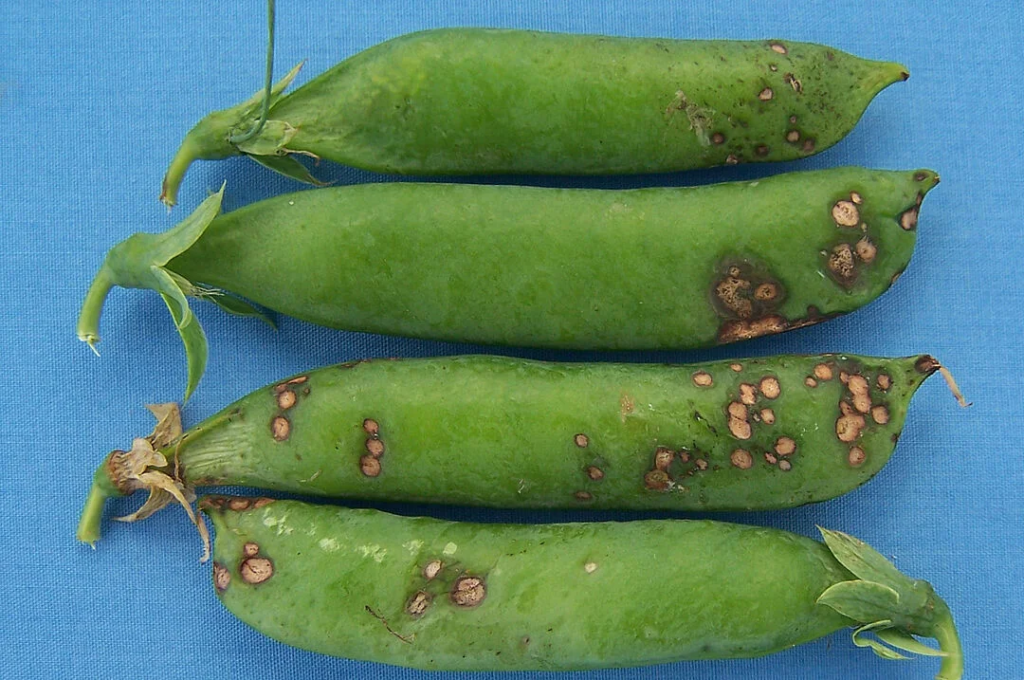
Like any garden plant, sugar snap peas are susceptible to certain pests and diseases. Here’s what to watch out for:
1. Aphids
These tiny insects suck sap from leaves, weakening the plant. A gentle spray of water mixed with mild dish soap can deter aphids naturally. For further pest control, see common garden pests to learn about other methods.
2. Powdery Mildew
Powdery mildew appears as white spots on leaves, particularly in humid conditions. Prevent it by spacing plants well and avoiding excess moisture on the foliage. If mildew does appear, neem oil can be an effective treatment.
3. Root Rot
Root rot is a common problem with container plants if drainage is inadequate. Avoid this by ensuring your containers have proper drainage holes and that you’re not overwatering.
Harvesting Sugar Snap Peas
Growing sugar snap peas in containers yields a delicious harvest within 60-70 days. Harvest regularly to encourage the plant to keep producing. Here are a few tips for a successful harvest:
- When to Harvest: Look for pods that are plump but still tender.
- How to Harvest: Gently pinch or snip pods from the vine rather than pulling to avoid damaging the plant.
- Storage: Freshly picked peas can be stored in the refrigerator for up to a week or frozen for longer storage.
Troubleshooting Common Issues
Growing sugar snap peas in containers is fairly straightforward, but here are some issues you might encounter:
- Yellow Leaves: This may signal overwatering, poor drainage, or a nutrient deficiency.
- Leggy Growth: Caused by insufficient sunlight. Relocate the container to a sunnier spot if this happens.
- No Pod Formation: If you notice flowers but no pods, temperature may be too high. Peas prefer cooler temperatures, so monitor climate closely.
The Benefits of Growing Sugar Snap Peas in Containers
Container gardening with sugar snap peas not only brings fresh, homegrown produce to your table but also offers environmental and personal benefits. Growing your own vegetables helps reduce the carbon footprint associated with food transport and packaging. Plus, tending to plants can be a therapeutic escape, offering a satisfying break from daily routines. Watching your sugar snap peas flourish can inspire you to expand your gardening efforts, whether trying out other compact crops or experimenting with different organic growing methods. If you’re new to container gardening, you’ll find this a wonderful entry point that may just spark a lifelong passion for sustainable gardening.
Final Thoughts on Growing Sugar Snap Peas in Containers
Growing sugar snap peas in containers is a rewarding project that fits into even the smallest spaces. With the right setup, care, and attention, you’ll enjoy a bountiful crop of delicious peas right from your balcony, patio, or even your kitchen windowsill. So why not give it a try? Happy gardening!


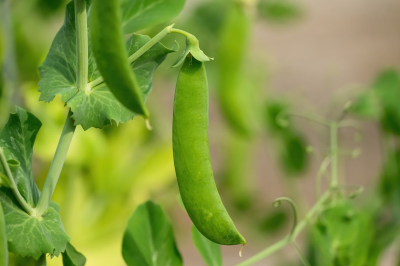
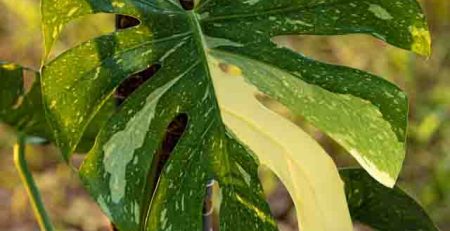
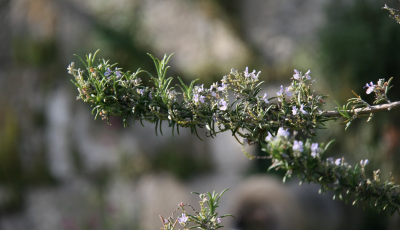

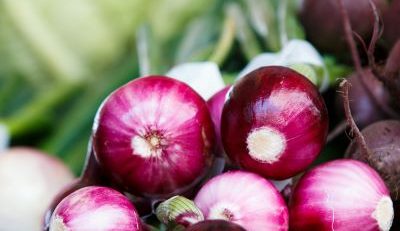
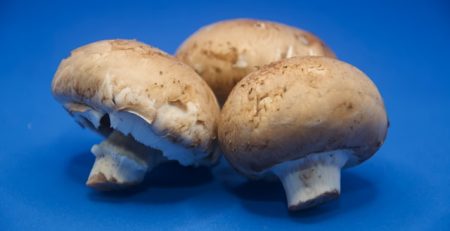
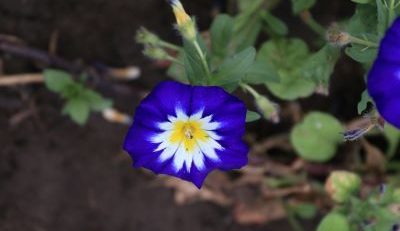
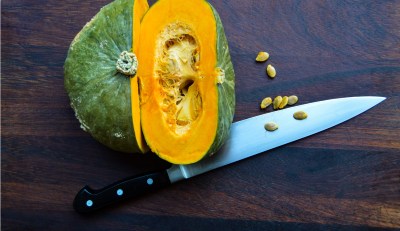
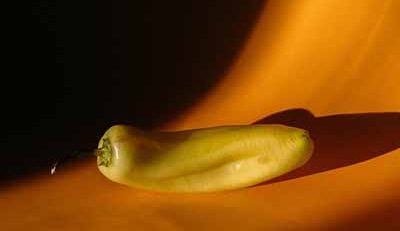

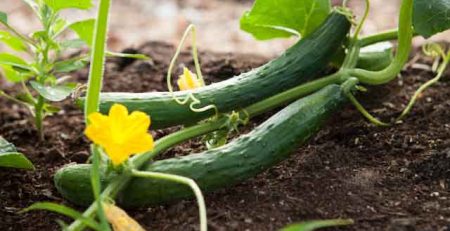
Leave a Reply